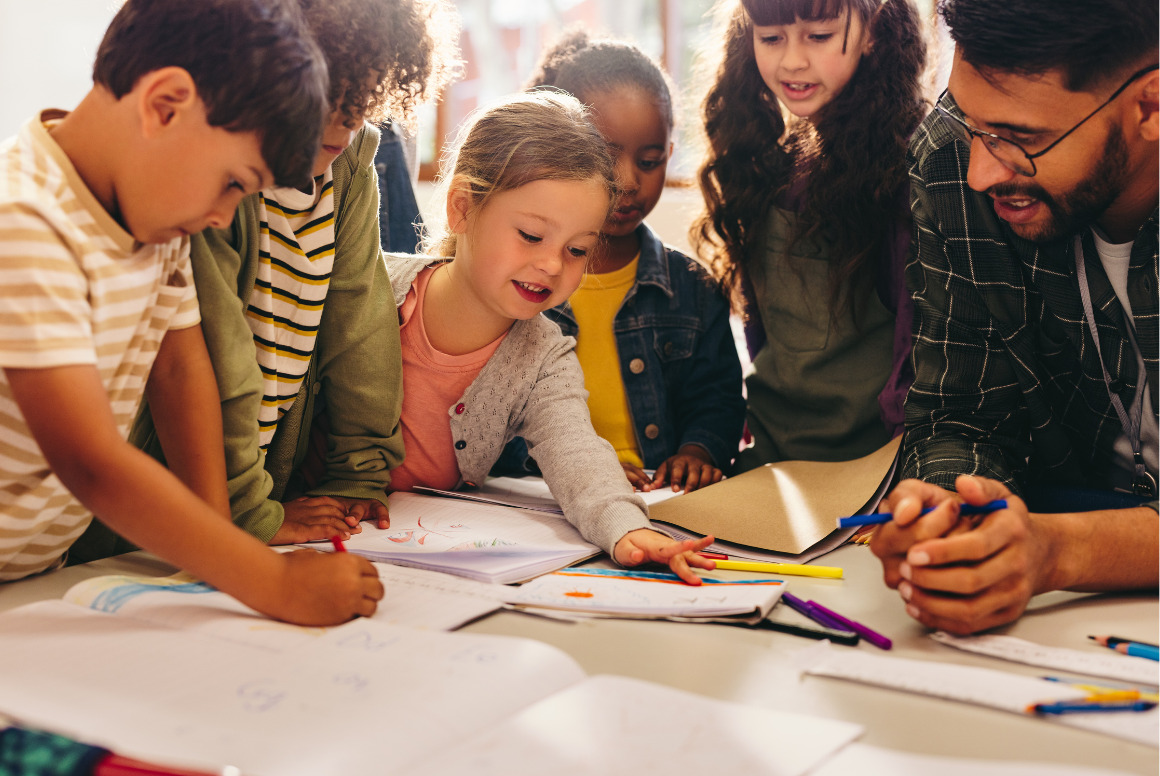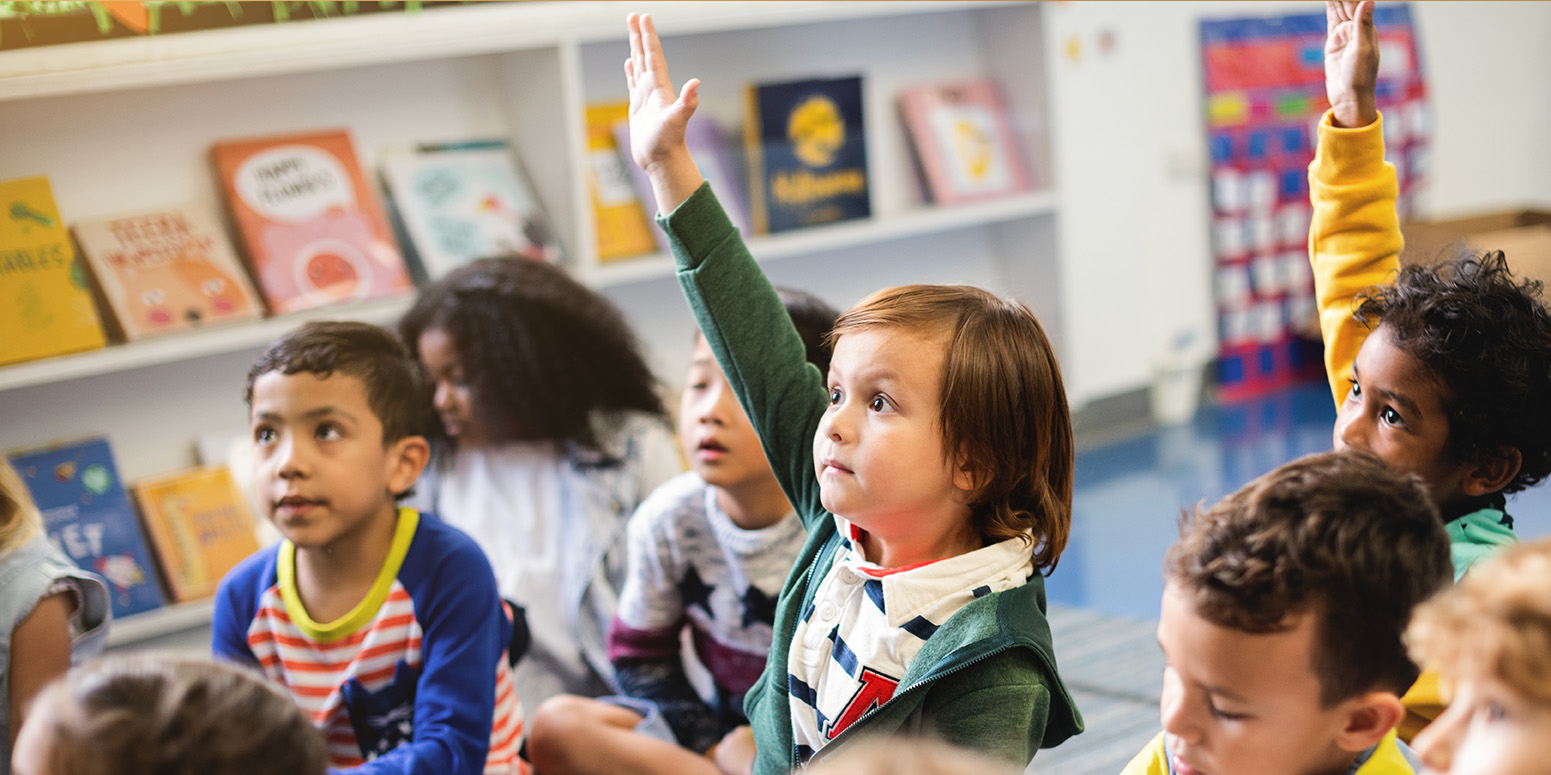
Designing Learning Spaces: Creating Optimal Environments for English Language Learners
By Guillermo de la Parra
The physical environment of a classroom can significantly impact student learning and engagement. In the context of English language teaching, the classroom can be transformed into a dynamic learning laboratory that fosters language acquisition, critical thinking, and executive function. This article explores the importance of classroom design in supporting student learning and offers practical strategies for creating optimal learning spaces.
The Impact of Classroom Design on Learning
A well-designed classroom is more than just aesthetically pleasing; it’s a learning environment that can significantly influence student engagement, motivation, and academic performance. Research has shown that physical spaces can impact cognitive function, emotional well-being, and social interaction, all of which are crucial for language learning.
- Engagement and Motivation:
A stimulating and inviting classroom atmosphere fosters a sense of curiosity and excitement about learning. When students feel comfortable and inspired by their surroundings, they are more likely to be actively engaged in their studies. Natural light, vibrant colors, and visually appealing displays can contribute to a positive and energizing learning environment.
- Cognitive Function and Academic Performance:
Classroom design can directly impact students’ cognitive abilities. Studies have shown that certain design elements, such as adequate lighting, proper ventilation, and minimal noise distractions, can enhance concentration, memory, and problem-solving skills. A well-organized and clutter-free space can also help students focus and reduce stress, leading to improved academic performance.
- Social Interaction and Collaboration:
The physical arrangement of a classroom can influence how students interact with each other. Flexible seating options and designated group work areas promote collaboration and teamwork. When students have opportunities to work together on projects or discuss ideas, they develop essential social skills and learn to value diverse perspectives.
- Sensory Considerations:
Creating a multi-sensory learning environment can enhance students’ understanding and retention of information. Incorporating visual aids, auditory elements, and tactile experiences can cater to different learning styles and make the learning process more engaging and memorable.
Teachers can create classrooms that are not only aesthetically pleasing but also optimize student learning and well-being, when considering these factors.

Creating a Flexible and Engaging Learning Space
A flexible and engaging classroom is essential for fostering student creativity, collaboration, and critical thinking. Here are some strategies to transform your classroom into a dynamic learning environment:
- Zone Your Space
- Create distinct zones within your classroom for different activities:
- Quiet reading nook: A cozy and secluded space for individual reading and reflection.
- Collaborative group work area: A flexible space with movable furniture for group projects and discussions.
- Presentation or performance area: A designated space for students to share their work with the class.
- Invest in furniture that can be easily rearranged to accommodate different learning activities, such as movable desks, chairs, and tables.
- Ensure adequate storage space for students’ belongings and classroom materials to maintain a clutter-free environment.
- Create distinct zones within your classroom for different activities:
- Optimize Lighting and Acoustics
- Maximize natural light by utilizing blinds and curtains effectively.
- Use a combination of overhead and task lighting to create a well-lit learning environment.
- Minimize noise distractions by using sound-absorbing materials like carpets, curtains, or acoustic panels.
- Incorporate Technology
- Utilize interactive whiteboards for collaborative learning, presentations, and multimedia content.
- Create designated areas with computers, tablets, or charging stations to support student research and digital projects.
- Ensure reliable Wi-Fi access for students to use their own devices.
- Flexible Seating Options
- Offer a mix of traditional desks, chairs, bean bags, standing desks, and stability balls to cater to different learning styles and preferences.
- Allow students to choose their seating arrangements based on their task or mood.
- Encourage students to move around by incorporating short physical activities or stretches into the lesson.
- Visual Displays and Stimuli
- Use posters, artwork, and inspirational quotes to create a visually stimulating and engaging environment.
- Display student work to celebrate their achievements and create a sense of ownership.
- Incorporate vocabulary words, grammar rules, and cultural displays to enhance language learning.
As you can see, you can transform your classroom into a dynamic and inviting space that supports student learning and well-being. Remember, the goal is to create a flexible and adaptable environment that can be easily adjusted to meet the needs of different lessons and activities.
Designing for Executive Function
Executive function skills, including planning, organization, time management, and self-regulation, are essential for academic success. A well-designed classroom can significantly support the development of these skills. Here’s how:
- Organization and Planning
- Provide each student with a dedicated workspace where they can organize their materials and complete assignments.
- Use visual tools like charts, graphs, and timelines to help students plan and sequence tasks.
- Break down complex tasks into smaller, manageable steps to help students feel less overwhelmed and more focused.
- Time Management
- Use timers or countdown clocks to help students manage their time effectively.
- Establish clear routines and schedules to create a sense of predictability and help students develop time management skills.
- Teach students time management techniques like prioritizing tasks, setting goals, and creating to-do lists.
- Working Memory
- Minimize visual and auditory distractions in the classroom to enhance focus and concentration.
- Provide students with visual aids, such as word walls or concept maps, to support memory and recall.
- Break down complex information into smaller, more manageable chunks to improve working memory capacity.
- Self-Regulation
- Incorporate mindfulness practices into the classroom to help students manage stress and emotions.
- Offer students choices whenever possible to foster a sense of control and responsibility.
- Acknowledge and celebrate students’ efforts and successes to build self-confidence and resilience.
Keeping executive function in mind, you can create an environment that supports students in developing these essential skills, leading to improved academic performance and overall success.
Conclusion
By thoughtfully designing our classrooms, we create more than just physical spaces; we cultivate environments that nurture learning, growth, and well-being. A classroom that is flexible, engaging, and supportive of executive function is not a one-time project but an ongoing process of refinement and adaptation.
As educators, we have the power to transform our classrooms into dynamic learning laboratories that empower students to reach their full potential. Prioritizing classroom design as a key component of effective teaching, we create spaces that inspire, engage, and support student success throughout the entire school year.
Remember, the ultimate goal is to create a classroom where students feel motivated, challenged, and supported in their language learning journey. By investing time and effort into designing your classroom with intention, you are laying the foundation for a brighter future for your students.

References:
-
- Wall, G. (2016). The Impact of Physical Design on Student Outcomes. New Zealand’s Ministry of Education. https://www.education.govt.nz/assets/Documents/Primary-Secondary/Property/Design/Flexible-learning-spaces/FLS-The-impact-of-physical-design-on-student-outcomes.pdf
- Terada, Y., Merrill, S. (2023). The Science of Classroom Design. Edutopia. https://www.edutopia.org/article/the-science-of-classroom-design
- Ayers, A., Glauber, A. (2022). 4 Ways Classroom Design Impacts Executive Functioning. https://www.edutopia.org/article/4-ways-classroom-design-impacts-executive-functioning
- Fisher, D., Frey, N. (2022). Tending to Learning Environments. ASCD (Association for Supervision and Curriculum Development). https://ascd.org/el/articles/tending-to-learning-evironments
- Loveless, B. (2024). Guide on Classroom Design and Layout. Education Corner. https://www.educationcorner.com/classroom-design-layout/



